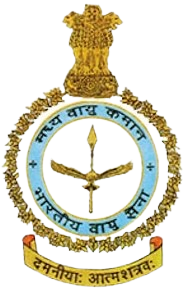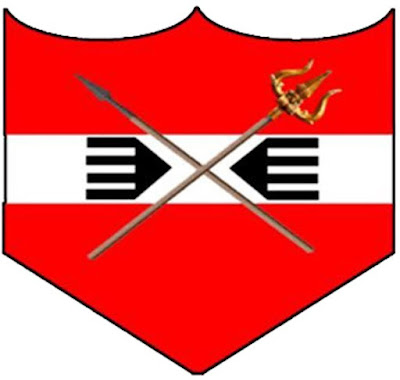SHANMUGHA ARTS SCIENCE TECHNOLOGY & RESEARCH ACADEMY (SASTRA)

SHANMUGHA ARTS SCIENCE TECHNOLOGY & RESEARCH ACADEMY (SASTRA) Established in the year 1984, Shanmugha Arts Science Technology & Research Academy (SASTRA) is offering undergraduate, postgraduate and doctoral programmes in engineering, management, law, sciences, humanities and education. It was conferred Deemed to be University status in 2001. The emblem in cyan and blue colours of the university has a glowing ‘Vel’ - the spear of Lord Shanmuga as its central motif. This is supported by a banner in blue which carries the following inscription ‘Shanmuga Arts, Science, Technology Research Academy’. The circle is completed by its motto ‘Progress Through Quality Education’ written as a semi circle around the main motif. The ‘Vel’ is the divine spear of Lord Muruga or Shanmuga. According to Shaiva tradition, the goddess Parvati presented the Vel to her son Murugan, as an embodiment of her shakti, in order to vanquish the asura Surapadman. The colour cyan and blue symbolises c



